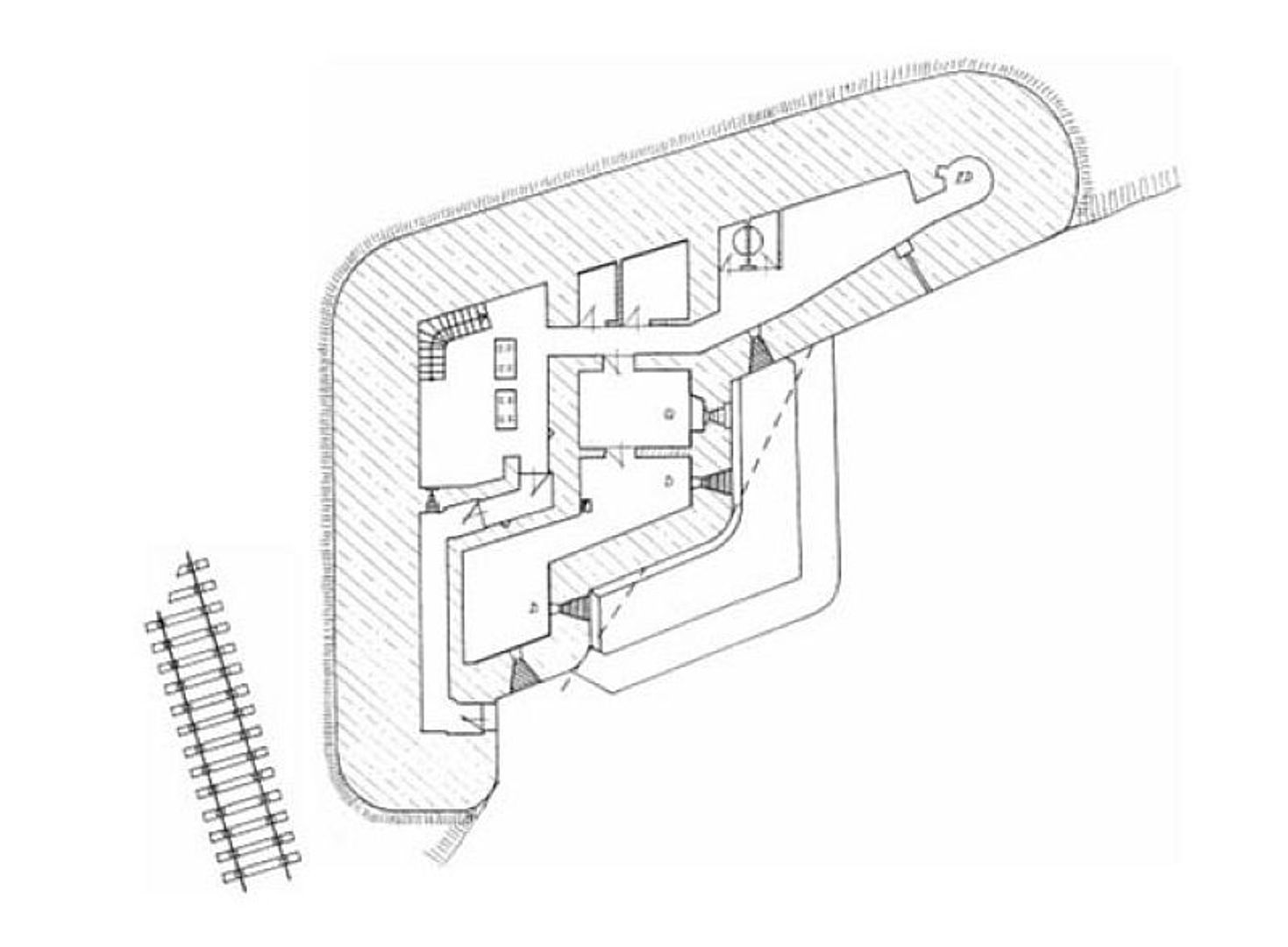MO S-5 "On the route"
7.15

Overview
MO S–5 "Na trati" is an infantry fort located in Bohumín, Czechia, constructed as part of the Czechoslovak fortifications between 1935 and 1938, particularly in response to the growing aggression of the Third Reich. Built in the summer of 1936 as part of the defensive system around Bohumín, the fort consists of two two-level bunkers, designated MO S–5a and MO S–5b, connected by an underground corridor. The structure was modeled after the Maginot Line fortifications, featuring a defense system that included cannons, machine guns, and armored turrets. It also contained facilities for the crew, such as offices, sleeping quarters, and storage areas.
The history of the fort is tied to the uncertain political situation of the 1930s—after Poland annexed Zaolzie, the bunker became a Polish facility, forcing Czechoslovak troops to abandon it in 1938. During World War II, it was used as a weapons depot. After the war, it remained unused until 2000, when the Bohumín Military History Club began efforts to reconstruct it and open it to the public. In 2004, a reenactment of the battles for Bohumín was organized, and in 2008, the fort became the property of the city of Bohumín, which leased it to the Military History Club under symbolic terms.
With a concrete volume of 4,314 m³ and two wells, the fort is not only a testament to the architectural thinking of its era but also a valuable part of local history and culture, thanks to the efforts of the Military History Club, which aims to restore the site to its 1938 condition. An interesting fact is that the nearby D47 highway was rerouted to avoid disturbing the fort, demonstrating a commitment to preserving historical heritage. MO S–5 serves as an important reference point for the military history of the region and attracts history enthusiasts.
Location
Country
2025 Wizytor | All Rights Reserved